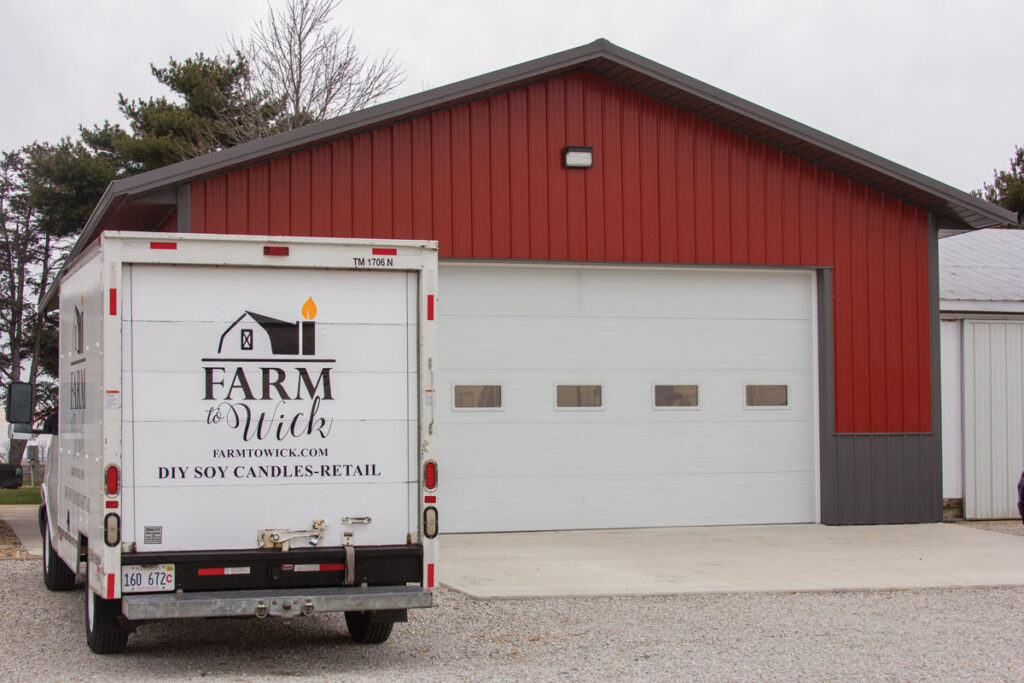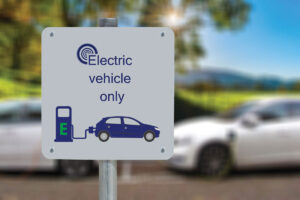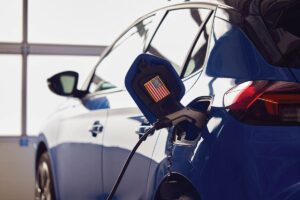The top priority for Illinois’ electric cooperatives is to provide reliable and affordable electricity to their members. In the quest to meet the growing energy demands of their communities, they continually explore innovative solutions. One such solution that deserves attention is nuclear energy. With advancements in technology and safety measures, nuclear power offers the potential for sustainable electricity generation.
Nuclear energy, often overshadowed by solar and wind energy, provides a reliable source of power that can be generated at any time. Over the past two decades, nuclear power has reliably and economically contributed nearly 20% of electrical generation in the U.S. It remains the single largest contributor, accounting for more than 70% of nongreenhouse gas-emitting power generation in the country.
Nuclear energy currently accounts for about 15% of the electricity delivered by electric cooperatives, and more than two-thirds of all co-ops include a percentage of nuclear energy in their local fuel mix.
Nuclear energy has been powering the nation’s grid for six decades, producing an average of one gigawatt of power per plant. Ninety-two nuclear reactors currently operate in the U.S., according to the International Atomic Energy Agency.
Eleven of those nuclear power reactors are located at six sites in Illinois, and more may be to come. In December 2023, Gov. J. B. Pritzker signed legislation lifting the moratorium on the development of nuclear reactors in the state. This legislation will allow small-scale nuclear reactors producing less than 300 megawatts of power to be developed beginning January 2026.
Light-water reactor (LWR) technologies make up the existing U.S. nuclear fleet and have a remarkable safety and performance record. An example of this is the Vogtle Unit 3, which commenced commercial operations in the summer of 2023. It is the first newly constructed nuclear unit in more than 30 years and can power an estimated 500,000 homes and businesses.
The Vogtle Unit 3 is the first deployment of the AP1000 Generation III+ reactor in the U.S. and is currently the largest generator of clean energy in the nation. The project created numerous jobs during its construction phase and laid the foundation for future Small Modular Reactor (SMR) deployments across the country.
SMRs are seen as a promising alternative to traditional large-scale nuclear power plants, offering shorter construction times and increased safety. They can be easily transported and located in areas that wouldn’t support a full-scale nuclear plant, providing greater flexibility in energy production. However, SMRs face several hurdles, including capital investment costs, economic competitiveness, supply chain challenges and radioactive waste.
Like any power source, nuclear energy has its pros and cons. The most significant benefit is that nuclear power plants are a carbon-free source of electricity, emitting no greenhouse gases. Additionally, these plants provide a reliable source of power, especially during extreme weather. They operate continuously and have a relatively small physical footprint compared to other forms of energy generation. Nuclear plants in the U.S. also have the highest maximum capacity for power output at 92%. Compare that to 49% for natural gas, 44% for coal, 34% for wind and 24% for solar.
Safety has always been a paramount concern in the nuclear energy sector. Generation III+ nuclear reactor designs include safety features that do not require sustained operator action or electronic feedback to safely shut down the plant in the event of an emergency. These enhanced designs are more resilient to accidents and have a reduced environmental impact. By prioritizing safety, nuclear energy can be harnessed responsibly without compromising public well-being.
Photo (above): The Clinton Power Station is one of six nuclear power plants in Illinois. It is located near Clinton and began commercial operation in November 1987.










